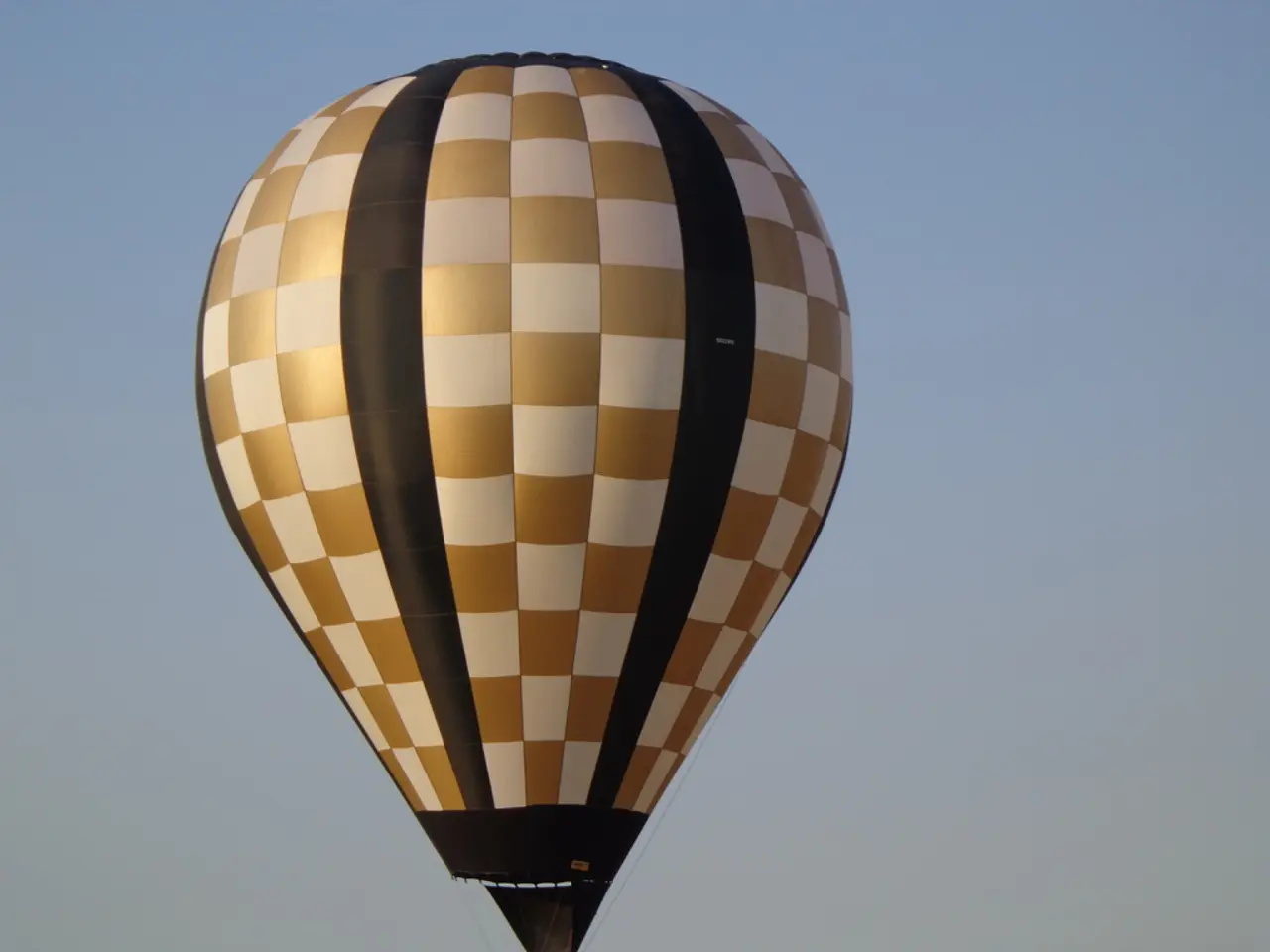Expedition Involving Loud Balloons
For children in kindergarten to fifth grade, a new and exciting experiment is making waves in the world of science education - the Screaming Balloon Experiment. This engaging activity uses a simple balloon and a hex nut to teach fundamental concepts in physics, including motion, vibration, and centripetal force.
To perform the experiment, start by inserting a hex nut into an uninflated balloon. Next, inflate the balloon without letting the nut escape and tie it off tightly. Hold the balloon by the tied end and start swinging it in a circular motion above your head. As you swing, the hex nut inside the balloon will roll rapidly around the inner surface of the balloon, creating a distinctive screaming or whistling sound.
This sound is caused by the vibration of the balloon’s rubber due to the hex nut’s movement. The rolling hex nut vibrates the balloon’s surface, producing the sound, demonstrating how motion can create sound waves.
The Screaming Balloon Experiment also provides an opportunity to explore the concept of centripetal force. Swinging the balloon in a circle exerts an inward force that keeps the hex nut moving in a circular path inside the balloon. This force is essential for understanding how objects can move in a circular path.
By repeating the experiment with different objects like a marble, penny, or washer, students can observe and record their results. If a decibel meter is not available, the volume can be graphically represented as high, medium, or low.
In addition to the Screaming Balloon Experiment, there are numerous related science activities that can be incorporated into the learning process. These include the Popsicle Stick Harmonica, Rubber Band Guitar Science, Water Xylophone Experiment, DIY Phone Speaker, Dancing Sprinkles (Sound Waves), and more Balloon Experiments.
Joining the Library Club Membership offers access to a complete library of art and STEM printables, aiming to keep hands-on, high-quality learning alive. The experiment can also be transformed into a physics science fair demonstration or a project by asking a testable question, such as "Which object makes the loudest sound in the balloon?"
The Screaming Balloon Experiment is not only a fun and engaging way to learn about physics but also an excellent introduction to the scientific method, where students can write a hypothesis, choose variables, and conduct experiments to test their ideas. So, gather your balloons and hex nuts, and let the screaming begin!
- The Screaming Balloon Experiment is a thrilling activity designed for kids in elementary school, teaching them concepts in physics.
- The experiment utilizes a simple balloon and a hex nut to demonstrate motion, vibration, and centripetal force.
- By inserting a hex nut into an uninflated balloon, inflating it, and swinging it in a circular motion, a distinctive screaming or whistling sound is produced.
- This sound is a result of the vibration of the balloon's rubber due to the movement of the hex nut inside, demonstrating how motion can create sound waves.
- The experiment additionally serves to explain the concept of centripetal force, as the hex nut moves in a circular path within the balloon due to this force.
- To extend the learning experience, students can repeat the experiment with different objects and observe their results, recording their findings graphically.
- There are numerous related science activities, such as the Popsicle Stick Harmonica, Rubber Band Guitar Science, Water Xylophone Experiment, DIY Phone Speaker, Dancing Sprinkles (Sound Waves), and more Balloon Experiments.
- With a Library Club Membership, students gain access to a vast library of art and STEM printables, aiding in hands-on, high-quality learning.
- The Screaming Balloon Experiment can be expanded into a physics science fair demonstration, a project, or an introduction to the scientific method, where students can formulate a hypothesis, select variables, and conduct experiments to test their ideas.




